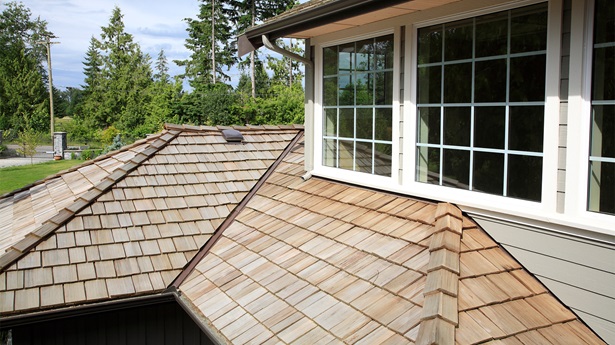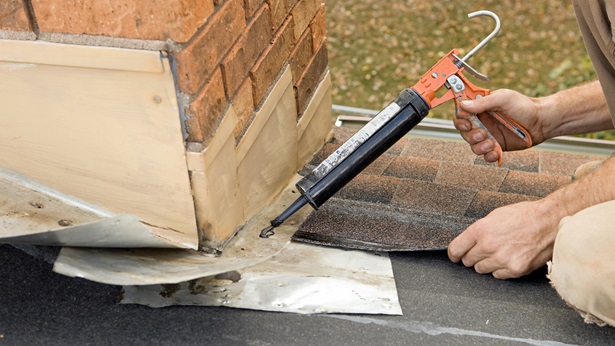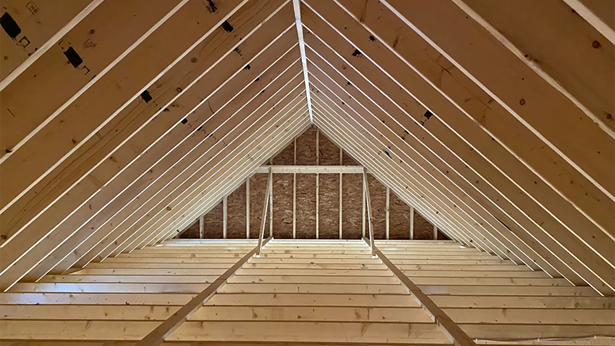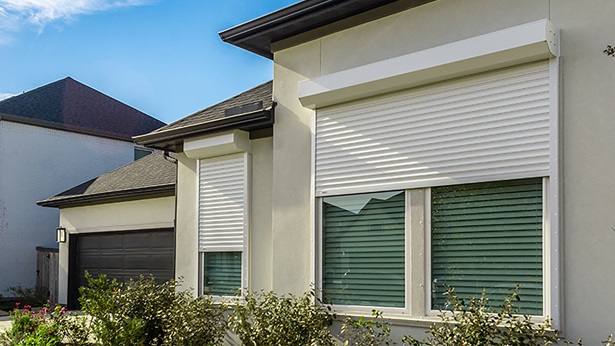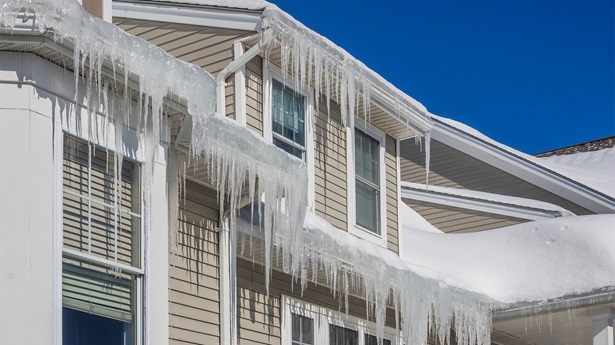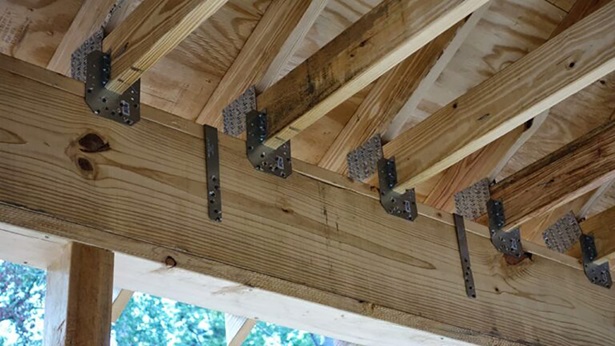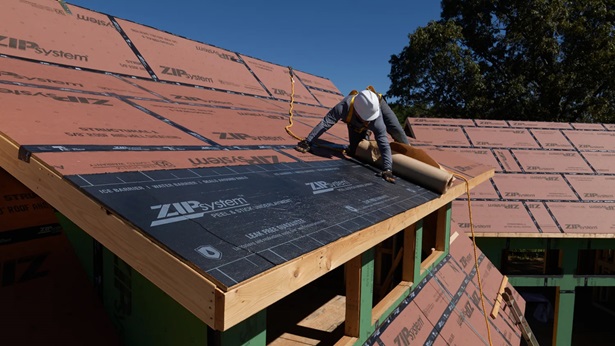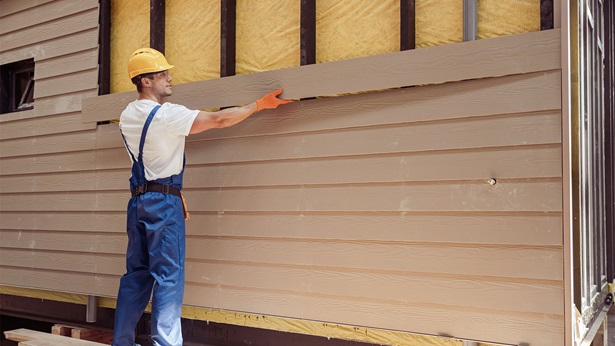Retrofit Improvements: Making Homes Safer in Disasters
Approximately 80% of the housing stock in the United States was constructed prior to the development and adoption of the 2000 International Residential Code (IRC) and subsequent editions. The benefits of retrofitting these existing homes to improve their resistance to blizzards, earthquakes, floods, hurricanes, and wildfires exceed that of increasing code requirements for newer homes. Research shows newer homes built to the IRC perform well when subject to natural hazards.
NAHB’s Construction Technology Research Subcommittee worked with Home Innovation Research Lab to develop a series of two-page guidelines, listed below, illustrating techniques for retrofitting existing houses to improve their protection against natural hazards. Each guideline highlights the benefits of implementing the practice, the hazards addressed, considerations to discuss with a builder or remodeler, and the incremental costs of implementing the practice.
NAHB and Home Innovation thank the International Code Council, Insurance Institute for Business and Home Safety, U.S. Department of Housing and Urban Development, and the Federal Emergency Management Agency for their assistance in prioritizing the selected retrofit practices and providing review of the technical content.


